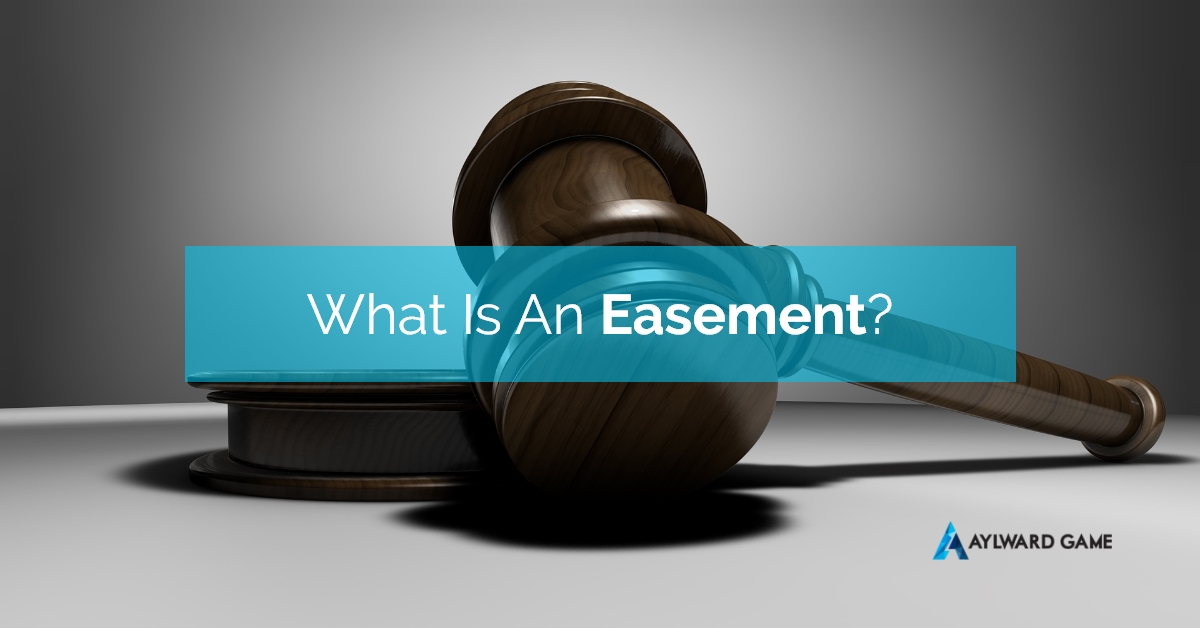What is an Easement?
The easements are rights attached to the land, to use other lands in a particular way, that’s somebody else’s land it does not involve. The taking of natural resources or produce from the land, for example, timber or other vegetation or soil. It may, however, prevent the owner of the other land from using […]

What is an Easement?
The easements are rights attached to the land, to use other lands in a particular way, that’s somebody else’s land it does not involve. The taking of natural resources or produce from the land, for example, timber or other vegetation or soil.
It may, however, prevent the owner of the other land from using their land in a particular way. So an example of the easement is, where one owner allows another owner to have access to their land, that land advantaged by the easements is called the benefited blot or the dominant tenement the land over. The easement granted is called the burdened lot or the Serbian tenement. The benefit of an easement runs with the land runs with a benefit a lot that is it passes from one owner of the benefited land to the next simply the burden of an easement runs with the burdened lot. So the owner, of the burdened lot is continually burdened with that easement. The burden of the easement remains unless it’s surrendered or extinguished. You can only be surrendered by the person, who has a benefit of it and otherwise, extinguished in other ways the exception to this is in the case of an easement in gross where there is burdened a lot only to serve for the purposes of local government or local means instrumentalities. An example of an easement in gross is – where an owner allows the local authority to put drainage pipes under their land, so going ahead that’s been helpful for understanding some of the fundamentals of easements.
What is an easement on a property?
An easement for property confers the legal right to access the property of another for a specific purpose and for a specified duration. An individual or organization who holds an easement over your land has the right to gain access to your property according to the conditions that are stipulated in the arrangement.
A utility provider, for example, will require an easement to gain access to electrical cables or wires on your property. Additionally, you might require an easement to pass through someone’s property to return to your home. Although easements can seem to be a problem, however, they are usually beneficial.

Types of Property Easements
- Easement for Services: In this scenario, a portion of the property may be used for providing services. This could include the construction of water pipes, sewage telephone lines, as well as power lines, for instance.
- Right of Way Easement: This type of easement grants you permission to access roads or paths on the land of someone else but doesn’t grant you the right to own the land.
- Easements to Light and Air: For people to be happy, healthy, and productive, they need lots of sunlight and fresh air. Light and air easements prevent the construction of structures that block another’s light and air.
- Easement of Support: Similar to Easement for Services, Easement of Support involves the right to conduct excavation work, a support easement will entail excavation for drainage, natural gas, electric, and telephone connections.
- Easement in Gross: An Easement in Gross is an example of an easement that is a statutory one. This type of easement typically helps service providers, such as electric companies, who can serve the entire neighborhood.
If you want any further assistance, please don’t hesitate to contact us on our website.







SHARE THIS